Wide Open Spaces: Writing the “Rural” YA Novel, a guest post by Gary Eldon Peter
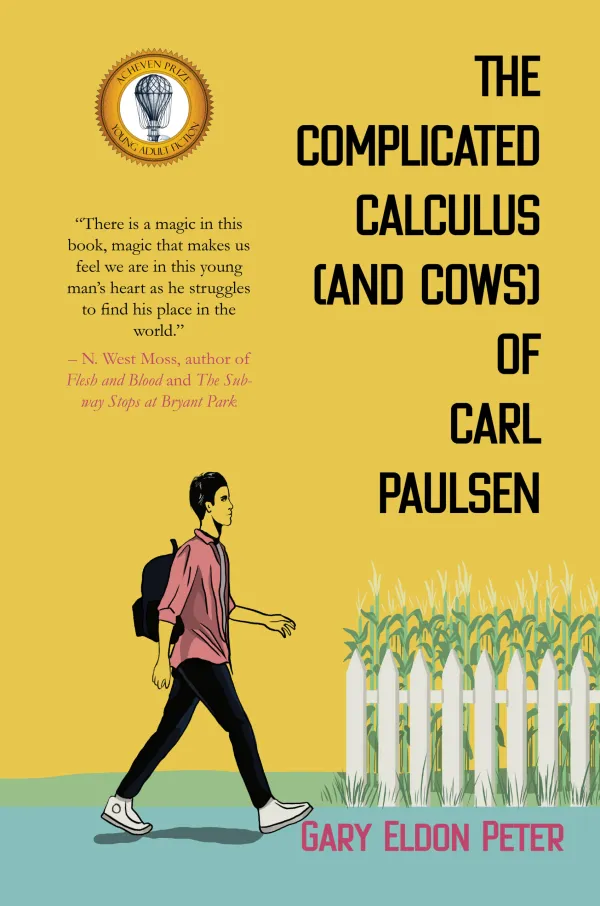
Many years ago, when I started writing my recently published young adult novel, The Complicated Calculus (and Cows) of Carl Paulsen, I had something very different in mind. Think a Micheneresque multi-generational saga of the great rural Midwest, intricately plotted featuring a vast array of characters, alternating points of view, and ready-made for a miniseries (preferably prestigious HBO, but I’d settle for Netflix too).
So what did I end up with?
A novel, but one that was considerably more “compact” (as one reviewer described it) than what I envisioned. How that happened would take another book to explain, including how it eventually became a story for young adults, but one key element remained constant: the setting, a small and economically challenged dairy farm in southern Minnesota, not very far from where I grew up, with a fifteen-year-old gay boy in the middle of it all.
ADVERTISEMENT
ADVERTISEMENT
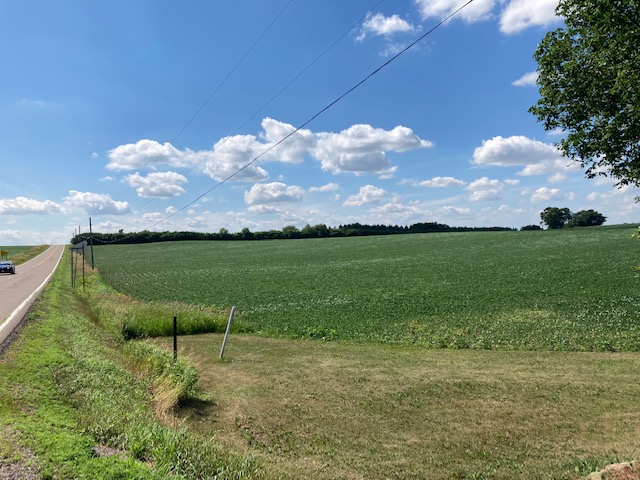
So how did I get there?
When I think about the elements of fiction and how I work with them, setting has never felt like my strong suit. All that description I need to do! Ugh. It’s a house! What else is there to say about it? That might explain why, as a writer, I have always felt more comfortable writing short stories, and why it took me such a long time to complete a novel. Of course, as any writer who works in the form will tell you, short stories present their own challenges and it is a mistake to assume they are somehow “easier” just because they are shorter. But for me, setting seems to feel more “organic” and less separate in a short story. I can make a lot happen in a living room, but a farm with land and cows and machinery? “Cinematic” I’m not, so I wasn’t always sure I was up to the challenge.
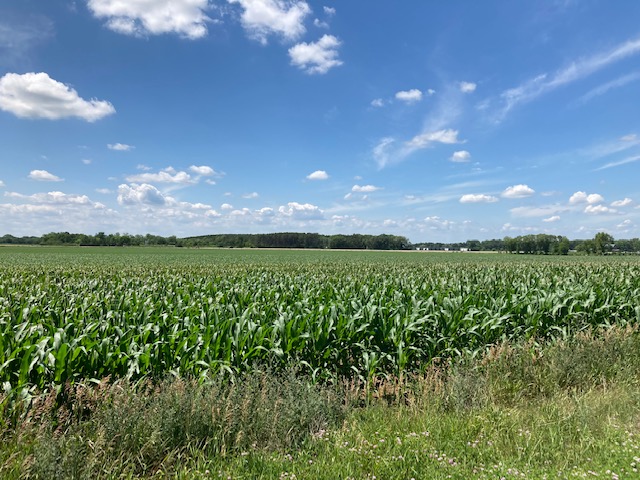
The good news was that, in terms of creating my farm, I wasn’t completely on my own. I had spent a lot of time on farms as a child, though in a role that was much different than that played by my main character Carl Paulsen. For me the two farms of my childhood, one owned by my grandmother and operated by my bachelor uncles on my father’s side, the other belonging to my aunt and uncle and cousins on my mother’s side, were playgrounds and places for play and exploration, not workplaces. There was the tasting the warm milk as it came from the cows that we petted, catching bugs in the “ditch” (a small, trickling stream through the property), riding my cousins’ sullen and mean tempered Shetland pony Ringo who just wanted to be left alone, “driving” the tractor by holding the steering wheel while someone else worked the shift. “Work”—filling water tanks, pulling the stray corn out of the soybeans, other small jobs—for a few dollars would come later when I was a bit older, but even those tasks were not all that taxing and actually had a certain novelty to them (and the spending money was nice too).
As I started working on the novel, I realized that I had absorbed a lot about farm and rural life that would inform how I told the story. It seems like such an obvious point, but it occurred to me that farms were indeed, at least in my experience, the ultimate family business. In the case of my grandmother’s farm, my uncles, after the sudden death of my grandfather in his mid-forties, had kept it going and there seemed no question that it would ever be otherwise. It was likewise clear that one or more of my male cousins (we’re talking about the 1960s here) would likely continue my aunt and uncle’s farm as well.
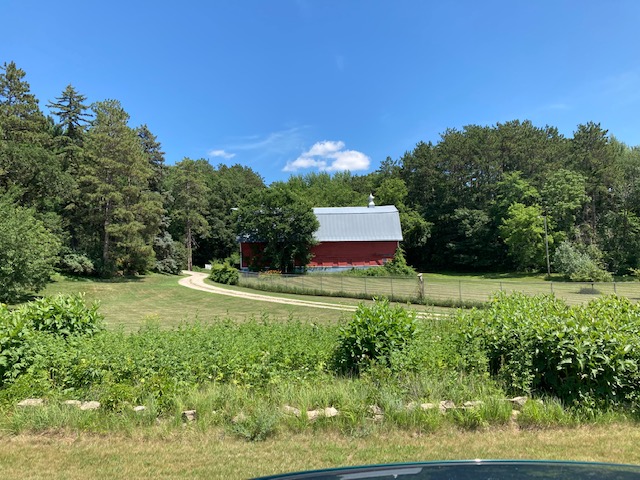
Fiction, regardless of genre, depends a great deal on conflict and tension to tell a story and engage the reader. While I’m sure there was a lot going on that I didn’t see as a child, farm life as I observed it seemed a prosperous way to make a living. So would a farm, which at least on the surface is prospering, be such a compelling subject for a novel? Likely not, at least to me. But what if my “novel farm,” unlike those in my experience, was small, a bit on the scruffy side, and just barely making it with a widowed father and his son at the helm struggling to keep the whole thing together and who also might want out? And how might that conflict intersect with the son, fifteen and gay and who would rather spend time with a boyfriend (if he can find one) rather than with the cows (even though he loves them dearly)? Now I just had to tell the story. Easy enough, right? Well, not so much. But having those guiding questions was a huge breakthrough as I crafted the novel.
In addition to the “will they or won’t they pull the plug” question, the setting gave me a lot to work with in situating Carl, my main character, in the novel. How might life be different for a gay teenager living on a farm, in a rural community? What challenges might he face that a gay teenager in an urban community would not?
ADVERTISEMENT
ADVERTISEMENT
In other words, while of course great progress has been made in terms of acceptance and support for LGBTQ+ youth (most certainly since I was fifteen struggling with my identity), it would be wrong to automatically assume that this same degree of progress and acceptance would necessarily be experienced by someone like Carl in his community. As a result, in contemplating the rural setting, I found an additional layer of complexity that I could mine in exploring his sense of “otherness,” not only because of his gayness but also his identity as a “farm kid” with perhaps a greater sense of isolation and even occasional claustrophobia. In addition to wanting to understand his sexuality through connections with others, he just has a lot on his plate: going to school, being a full partner with his father in the day to day operation of the farm, thinking about the future and, most of all, wondering about what growing from gay boy to gay man has in store for him.
So with my debut “farm novel” now out in the world, what are my takeaways about setting and my relationship to it as a writer? One major conclusion, obvious as it may be, is that it’s just pretty darn hard to write a novel, even one as “compact” as mine, without paying close attention to it. More importantly, though, setting is a critical element of storytelling and, if given some space and patience, can reveal important and rewarding pathways for telling a story and creating strong and compelling characters.
And will I ever write that 600 page epic rural opus? Maybe someday. In the meantime, HBO and Netflix, I think my novel would make a dandy little movie.
Meet the author
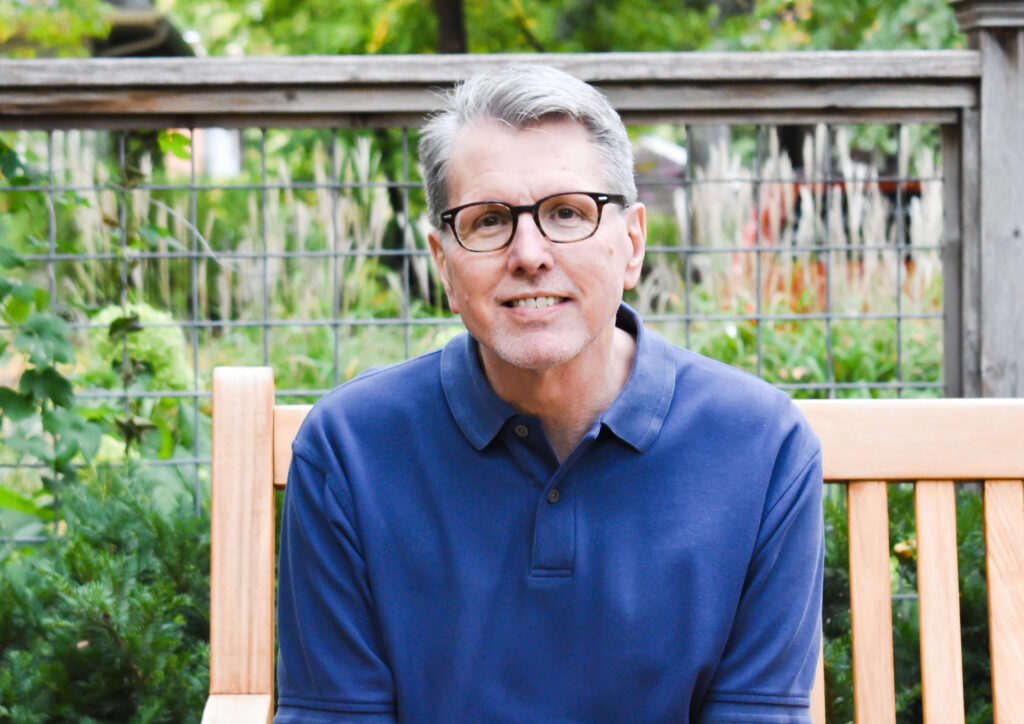
Gary Eldon Peter is the author of two works of fiction: Oranges,a linked short story collection which won the Gold Medal for LGBTQ+ fiction in the Independent Publisher Book Awards and the Midwest Book Award, and the young adult novel The Complicated Calculus (and Cows) of Carl Paulsen, winner of the 2020 Acheven Book Prize for Young Adult Fiction. His work has appeared in numerous literary journals and has been performed on the public radio program Selected Shorts. He earned an MFA in Creative Writing from Sarah Lawrence College, lives in Saint Paul, and is a faculty member at the University of Minnesota. You can learn more about Gary and his work at garyeldonpeter.com. Find him on Twitter @garygep. Buy the book here.
About The Complicated Calculus (and Cows) of Carl Paulsen
Set on a small and struggling family dairy operation in southern Minnesota, The Complicated Calculus (and Cows) of Carl Paulsen follows fifteen-year-old Carl as he confronts his crush on Andy Olnan, a handsome and confident but secretive “city boy” recently transplanted to farm life from Minneapolis who may or may not share the same feelings. At the same time, Carl and his father clash over the future of their farm, a legacy of Carl’s late mother: how do they honor her dream for the family while also ensuring financial security? Carl discovers his own resilience in the face of grief, adult-sized decisions, and unrequited love, and along the way learns to cope with both the challenges and rewards of being different.
ISBN-13: 9781646032532
Publisher: Regal House Publishing
Publication date: 07/05/2022
Age Range: 12 – 18 Years
Filed under: Guest Post
About Amanda MacGregor
Amanda MacGregor works in an elementary library, loves dogs, and can be found on Twitter @CiteSomething.
ADVERTISEMENT
ADVERTISEMENT
SLJ Blog Network
Name That LEGO Book Cover! (#53)
Cover Reveal and Q&A: The One and Only Googoosh with Azadeh Westergaard
K is in Trouble | Review
Fighting Public School Book Bans with the Civil Rights Act
ADVERTISEMENT







